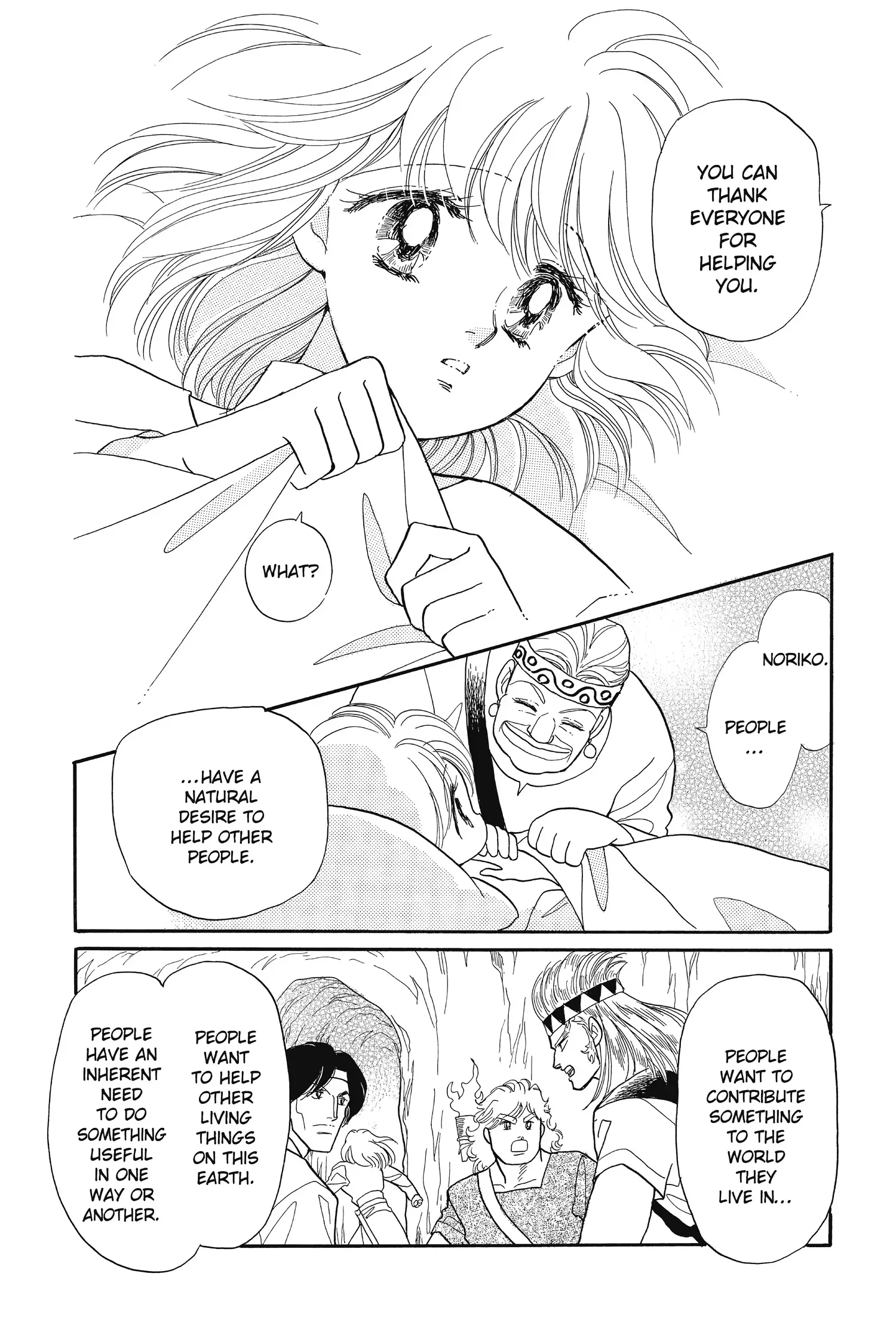Kanata Kara
5 April, 2023
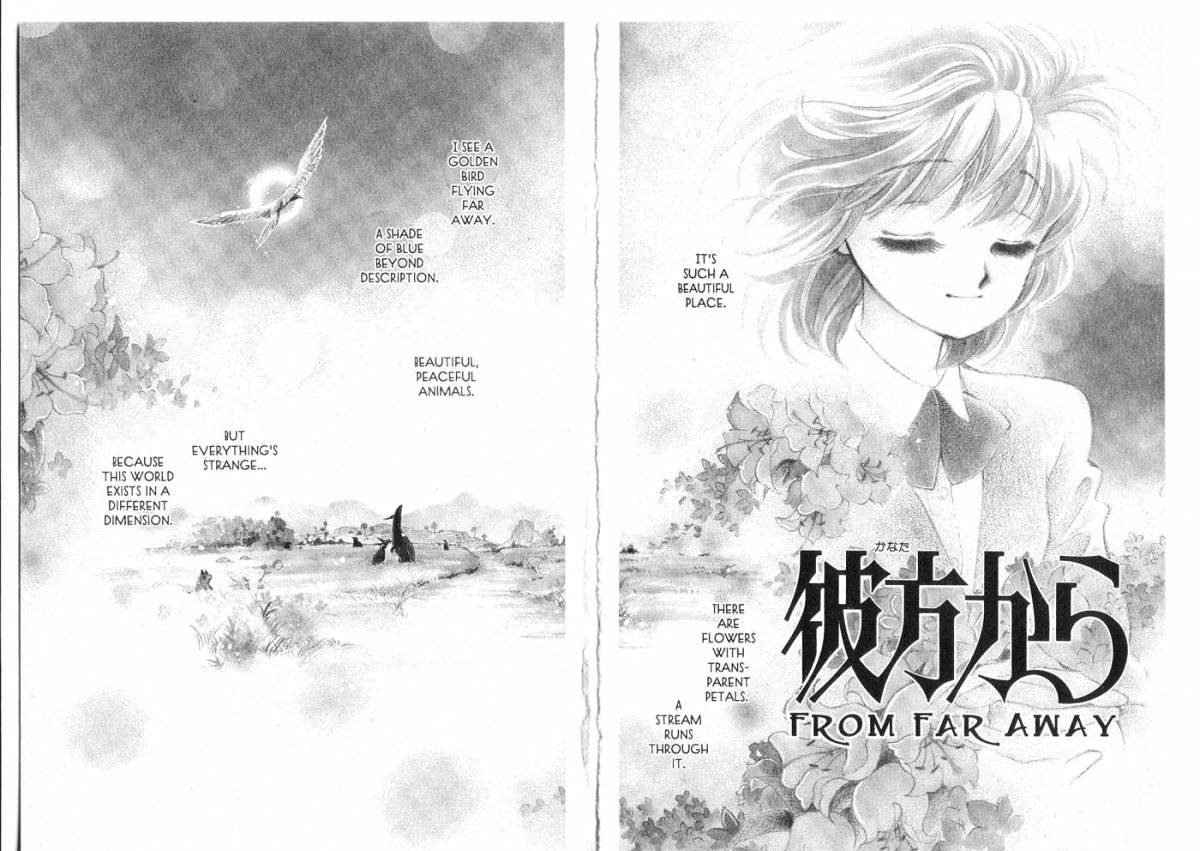 The 1990s were a golden age for shoujo isekai, and 1993’s Kanata Kara was no exception. With 14 volumes and the Seiun award for science fiction (and fantasy) manga to its credit, it was probably the most popular shoujo isekai of the ‘90s never to receive an anime adaptation – an unfortunate omission which has at times caused anime fans to overlook this masterpiece.
The 1990s were a golden age for shoujo isekai, and 1993’s Kanata Kara was no exception. With 14 volumes and the Seiun award for science fiction (and fantasy) manga to its credit, it was probably the most popular shoujo isekai of the ‘90s never to receive an anime adaptation – an unfortunate omission which has at times caused anime fans to overlook this masterpiece.
Many shoujo isekai of the period, such as Fushigi Yuugi and Magic Knight Rayearth, featured characters struggling against their otherwordly fates, and Kanata Kara is no exception. The story centers on a romance between the Awakening, Tachiki Noriko, and the Sky Demon, Izark Kia Tarj, who spares Noriko during their first meeting, and finds her following him as a lost traveler.

It is typical for isekai characters, then and now, to understand and be understood by the people of the other world without the slightest difficulty. Sometimes, an explanation is given – Fushigi Yuugi’s Miaka reads The Universe of the Four Gods in a Japanese translation, and we later meet said translator in the story, for instance. And if the other world is somehow created, ala Maze☆ Bakunetsu Jikuu the creator, like the member of that series’ Ikaruga family, might themselves be from Japan and speak Japanese.
More often, however, the issue is not addressed at all, or handwaved away with magic.

 Kanata Kara is an exception. Much like Mitsuha in the far more recent Rougo ni Sonaete Isekai de 8-manmai no Kinka wo Tamemasu, Noriko begins the story with no knowledge of the other world’s language, and spends much of the first volume learning it with considerable difficulty; even later in the story, she at times struggles to communicate complicated concepts.
Kanata Kara is an exception. Much like Mitsuha in the far more recent Rougo ni Sonaete Isekai de 8-manmai no Kinka wo Tamemasu, Noriko begins the story with no knowledge of the other world’s language, and spends much of the first volume learning it with considerable difficulty; even later in the story, she at times struggles to communicate complicated concepts.
Noriko’s appearance sparks an international incident, and much of the tale is based around what her very existence means for the other world.
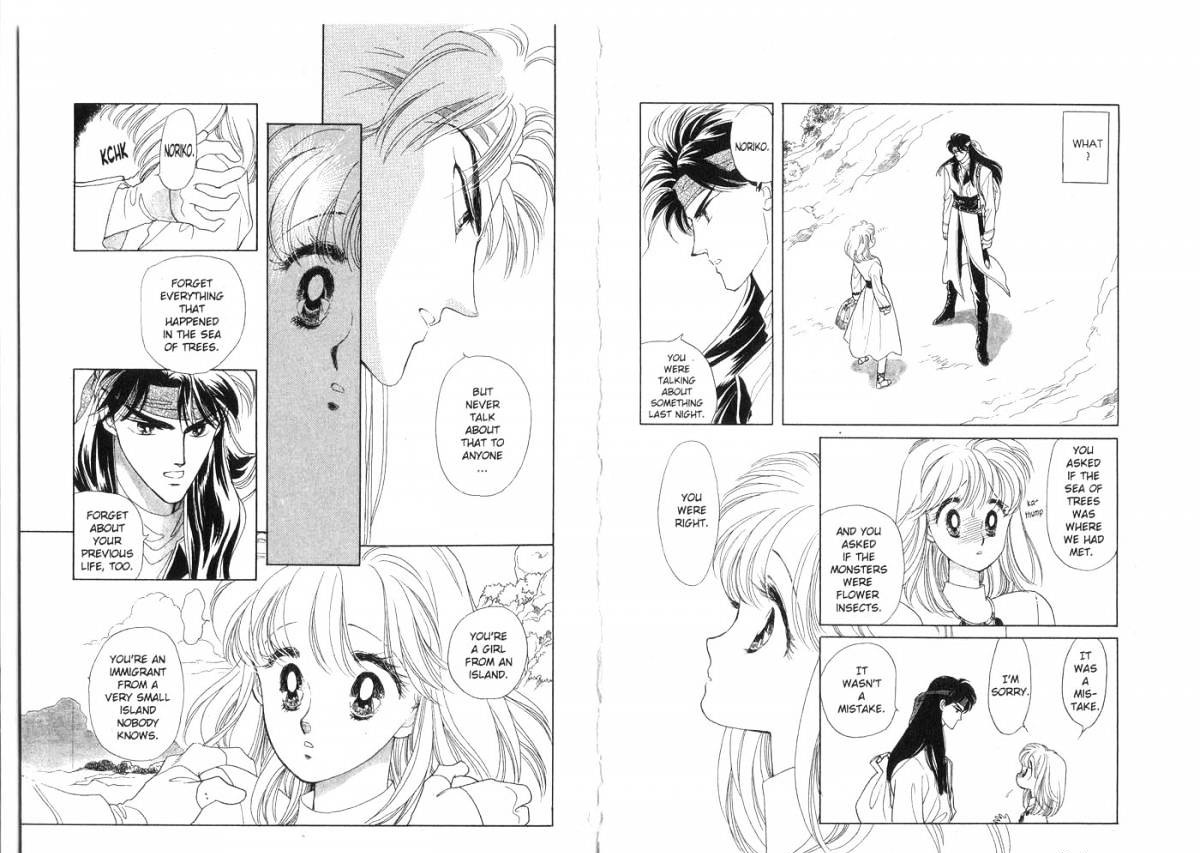 She is kept secret at first, and again later on in the story, complete with the typical shoujo embarrassment/blushing about being mistaken for Izark’s wife.
She is kept secret at first, and again later on in the story, complete with the typical shoujo embarrassment/blushing about being mistaken for Izark’s wife.
Izark, for his part, demonstrates considerable fighting skill, at one point escaping prison by winning a gladiatorial match against 17 opponents at once. He’s not always able to protect Noriko (who completes three separate volumes as a kidnapping victim), but given the strength of the forces after her, this might be regarded as understandable.
The world has its fair share of magic mixed with psychological drama – just as Fushigi Yuugi uses a mirror Miaka, just as Jureimon manipulates Yamato in Digimon Adventure so too does Kanata Kara toy with its character’s hearts.
 The white mist forest combines a confusing geography with raised tension between characters, complete with a monster fight and a touching reunion at the end.
The white mist forest combines a confusing geography with raised tension between characters, complete with a monster fight and a touching reunion at the end.


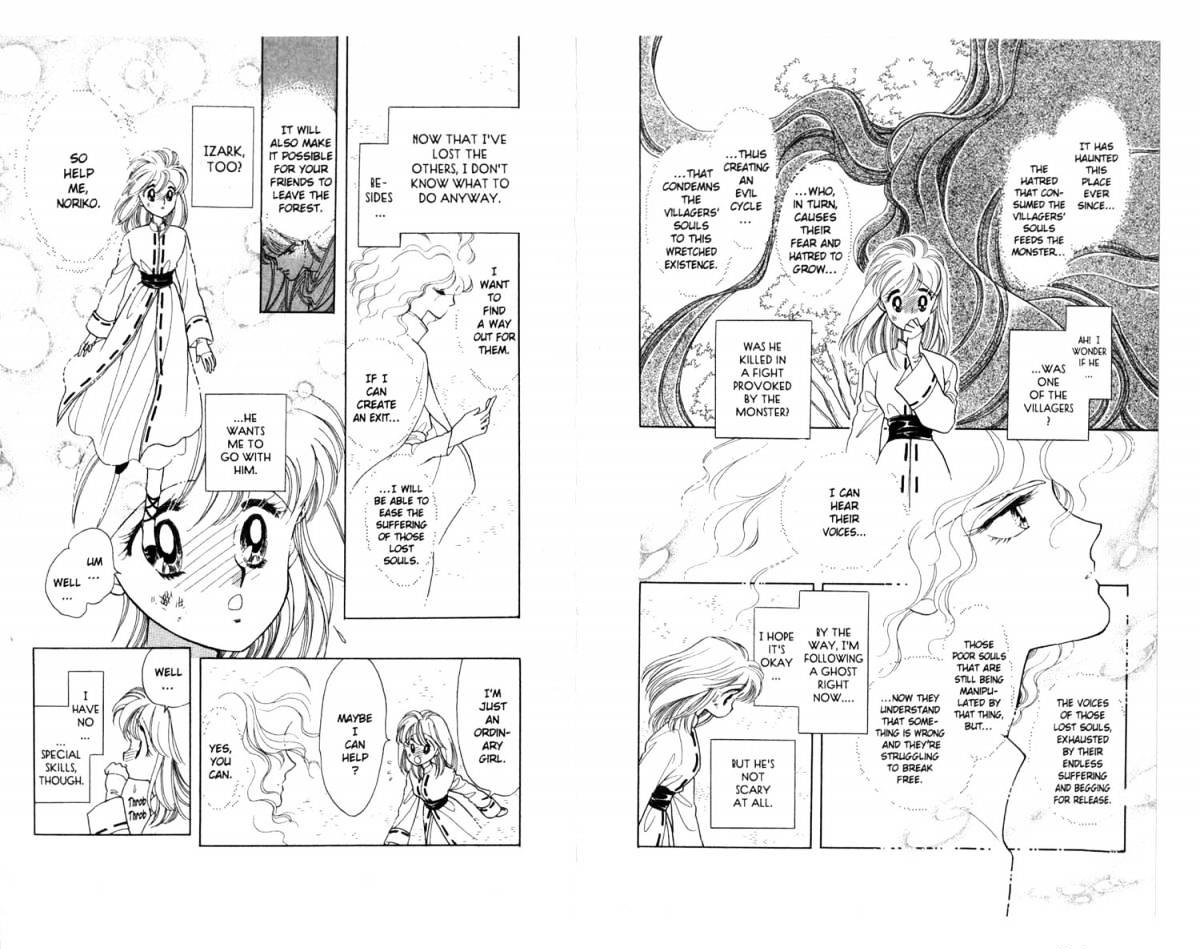 With the help of the morning mist tree’s spirit, they’re able to break out of this particular issue, leading to at last a confession.
With the help of the morning mist tree’s spirit, they’re able to break out of this particular issue, leading to at last a confession.

 The story continues on, complete with flashbacks to Izark’s lonely, feared past, and a political plot involving body-switching demons.
The story continues on, complete with flashbacks to Izark’s lonely, feared past, and a political plot involving body-switching demons.
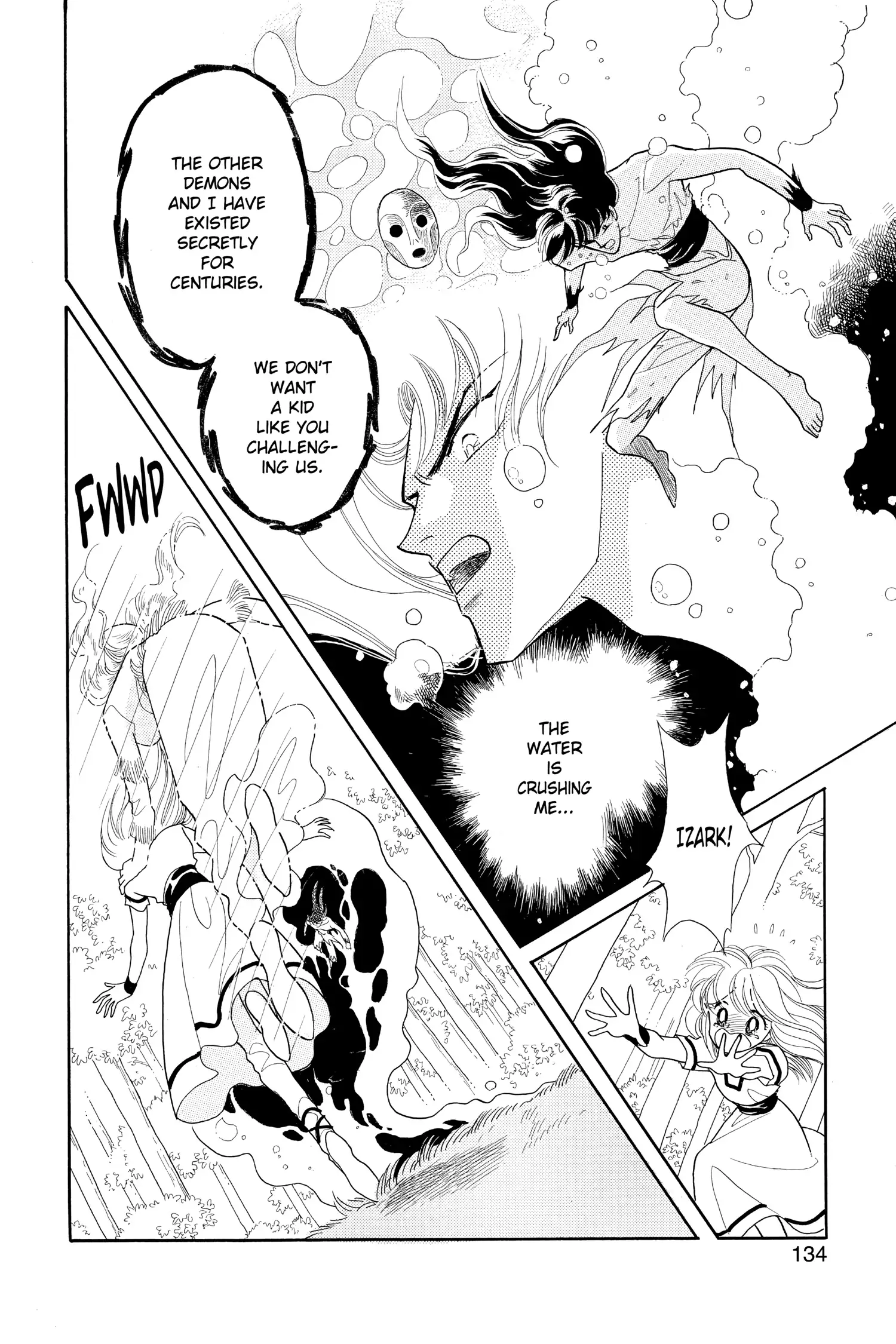 Common with many stories of the era, emotions have physical power in the other world – Izark evolves like a digimon… unfortunately it might be more like SkullGreymon than MetalGreymon.
Common with many stories of the era, emotions have physical power in the other world – Izark evolves like a digimon… unfortunately it might be more like SkullGreymon than MetalGreymon.
 And things might not end as tragically as in a CLAMP manga; after all, there’s more than one way to interpret a prophecy.
And things might not end as tragically as in a CLAMP manga; after all, there’s more than one way to interpret a prophecy.

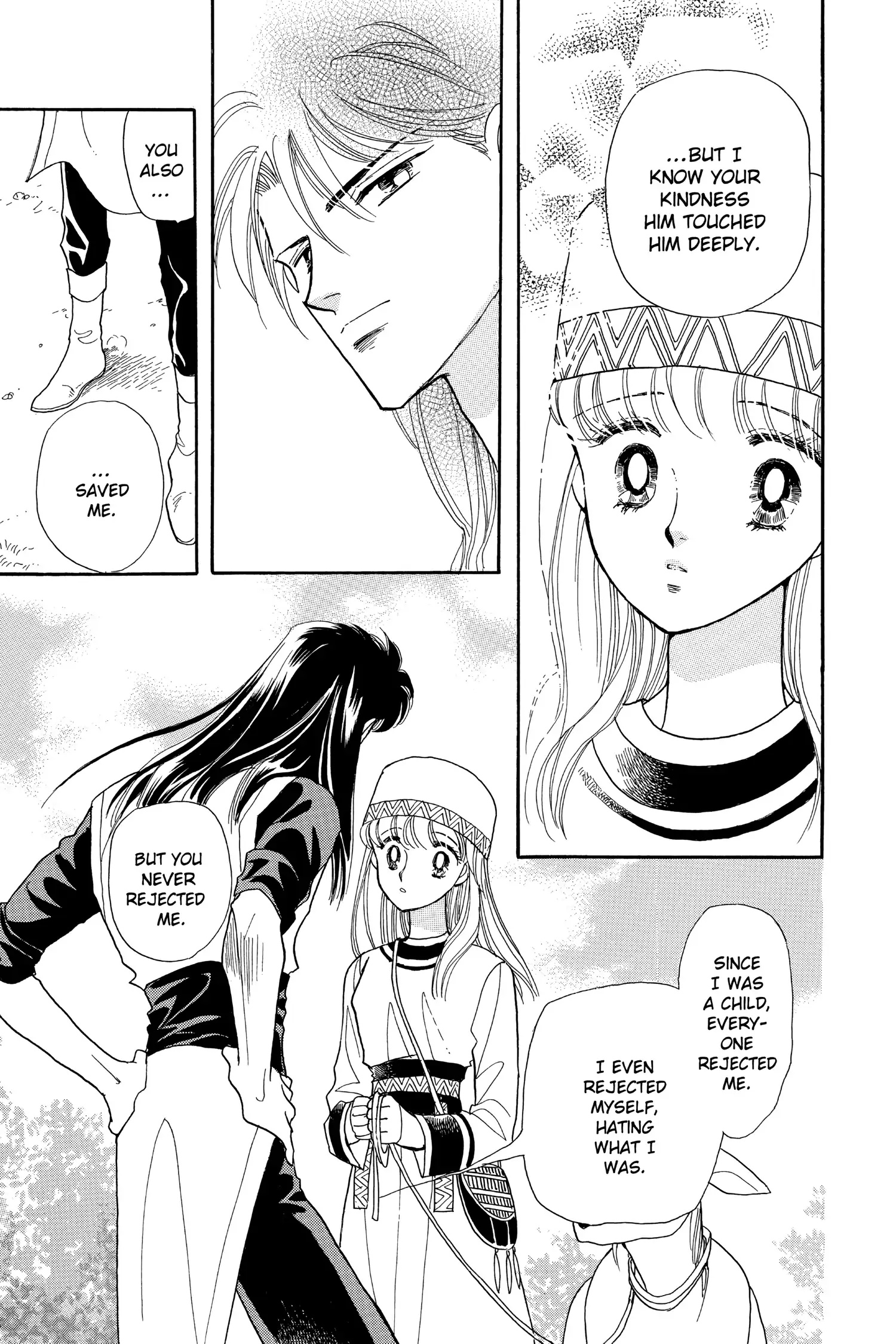 The next volumes see some time spent in hiding, complete with cute teleporting creatures called chimos and rumors over their true identities. They must grapple with the growing power of darkness, for the world of Kanata Kara (and ultimately, our heroine and villain respectively) is linked to worlds of both light and darkness.
The next volumes see some time spent in hiding, complete with cute teleporting creatures called chimos and rumors over their true identities. They must grapple with the growing power of darkness, for the world of Kanata Kara (and ultimately, our heroine and villain respectively) is linked to worlds of both light and darkness.

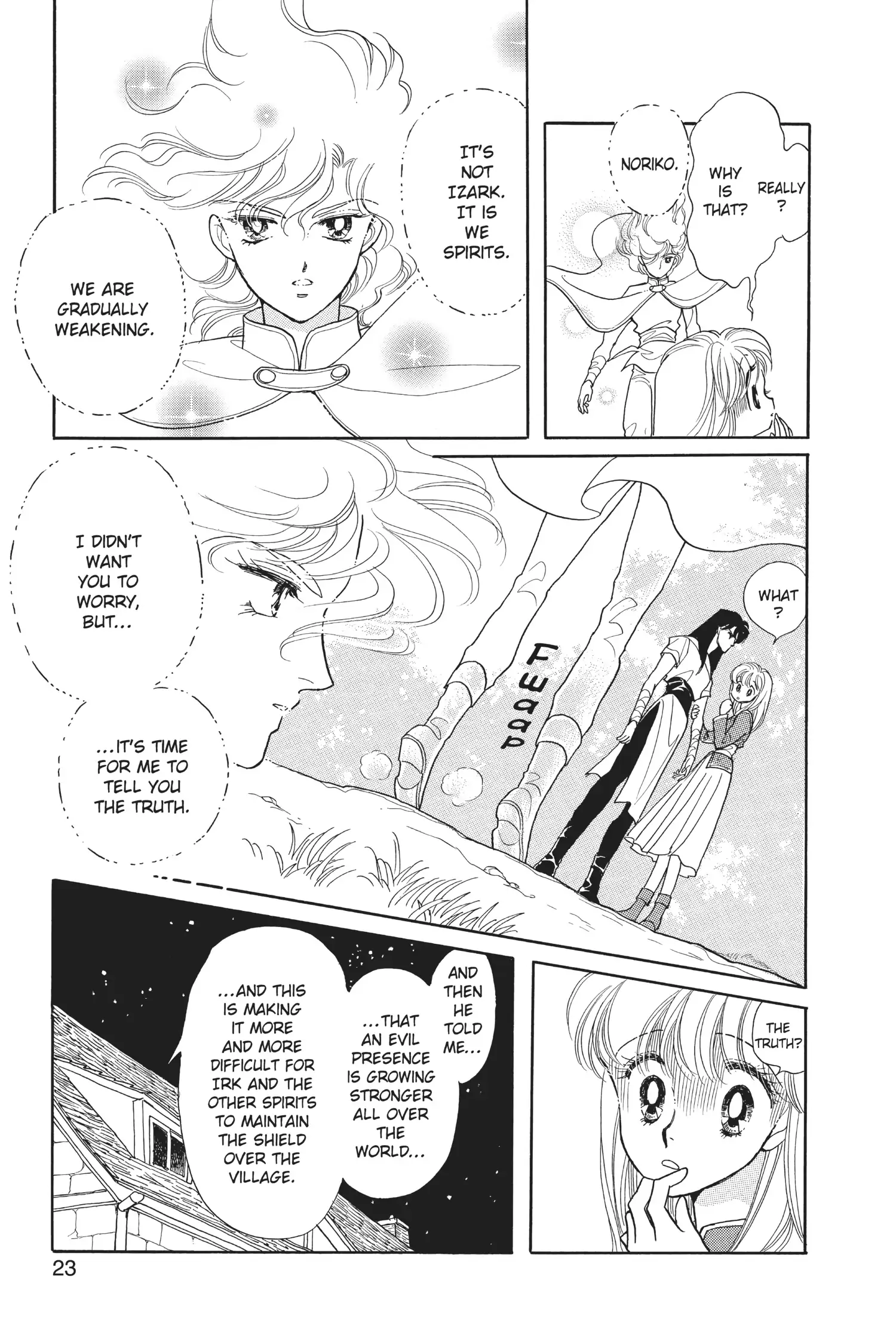
 And wishes are not only used by the good guys. The villain, Rachef, is egocentric and cruel, but not a mindless monster and at times almost sympathetic; he has his own backstory, motivations, and dreams.
And wishes are not only used by the good guys. The villain, Rachef, is egocentric and cruel, but not a mindless monster and at times almost sympathetic; he has his own backstory, motivations, and dreams.
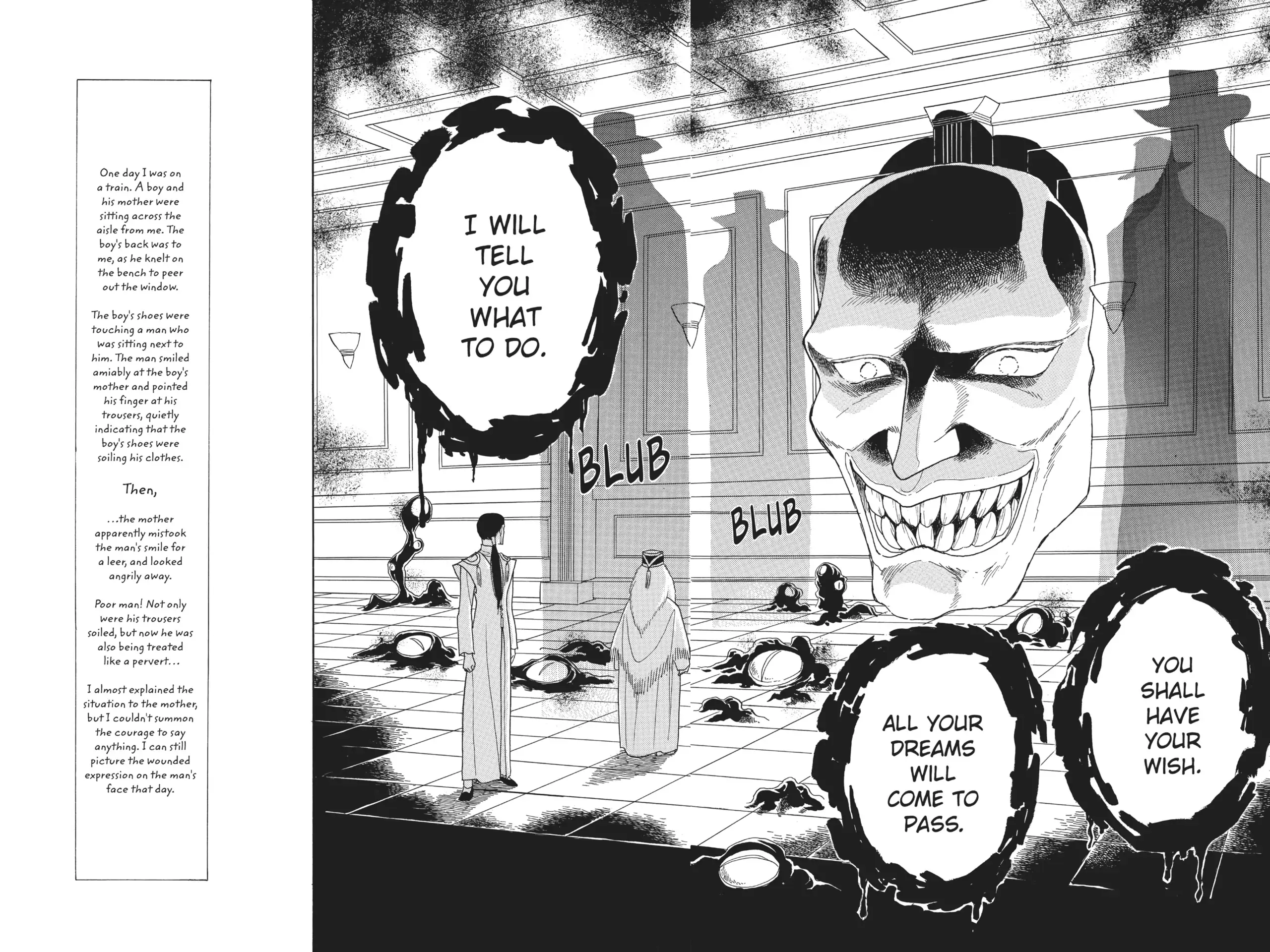 It’s an inspiring story with a thrilling conclusion – one worth seeking out, and one I hope you enjoy, if you have not had the chance to read it yet.
It’s an inspiring story with a thrilling conclusion – one worth seeking out, and one I hope you enjoy, if you have not had the chance to read it yet.
